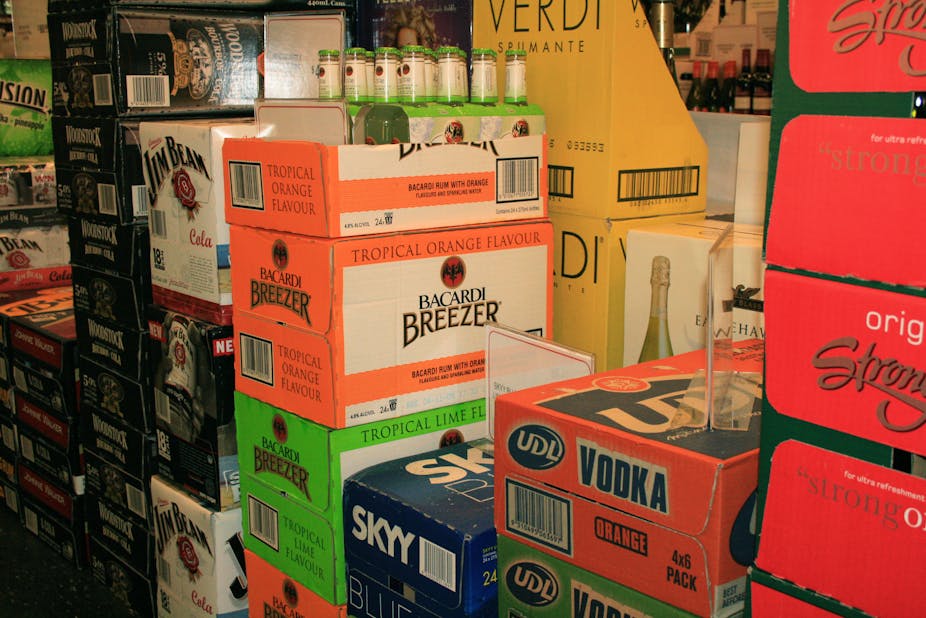Alcohol continues to account for nearly half of government-funded substance abuse treatment in Australia.
A report from the Australian Institute of Health and Welfare (AIHW) shows 47% of drug treatments carried out between 2010-11 were for problems that primarily related to alcohol. Alcohol was listed as a “drug of concern” behind another substance in 62% of all treatments.
The second most common drug of concern was cannabis, which accounted for 22% of treatments Australia-wide.
In Tasmania, however, cannabis and alcohol were equally common, at 39% each.
“The number of treatment episodes for alcohol use has remained relatively stable since 2009-10 when it was 48%, however it is still more than in 2001–02, when it was 37%,” AIHW spokesperson Justin Harvey said.
More remote areas were more likely to have alcohol as a primary substance of concern. Treatment centres in very remote areas had the highest proportion of alcohol episodes, 65%, while cities had the lowest at 46%.
Counselling was the most frequent form of treatment sought for drug issues.
Dr Matthew Frei, Head of Clinical Services at Turning Point Alcohol and Drug Centre said the findings about alcohol reflected what he saw in clinical practice, but they may come as a surprise to some.
“When considering drug problems, alcohol probably gets less exposure than illicit drugs, which are often considered the major drain on society’s resources,” he said.
Frei said better regulation of alcohol was necessary, but was being hampered by the industry.
“If you’ve got a health problem that’s preventable, incredibly costly and damaging, then at the very least we should be very explicit about the risks and harms.”
“At the moment those kind of initiatives are usually met with resistance, often framed around the people suggesting them being wowsers, fun police, depriving people of choice or being part of a nanny state.”
“I think a lot of that is actually driven by the extraordinarily powerful vested interests that are part of the alcohol industry.”
But the increase in the proportion of people being treated for alcohol abuse was encouraging, Frei said.
“People are acknowledging that just because alcohol is sold at a corner store doesn’t mean it can’t be a problem.”
“I think it’s increased health literacy and better understanding of the harmful effects.”
Dr Raimondo Bruno from the University of Tasmania’s Department of Psychology said the data for his state was unusual, but could be accounted for by more people being referred to treatment in Tasmania than in other states.
“In previous reports of this data in Tasmania, the main driver into treatment services is through the police diversion initiative.”
“In 2009-10, 60% of referrals to treatment came from police diversions, whereas this rate is closer to 6% nationally.”
“A large proportion of these police diversions relate to cannabis, and if you look at the 2008-9 National Minimum Dataset for Tasmania, almost half of the referrals for treatment relating to cannabis came from police diversions.”
He said Tasmania’s cannabis use was broadly similar to the rest of the country.

